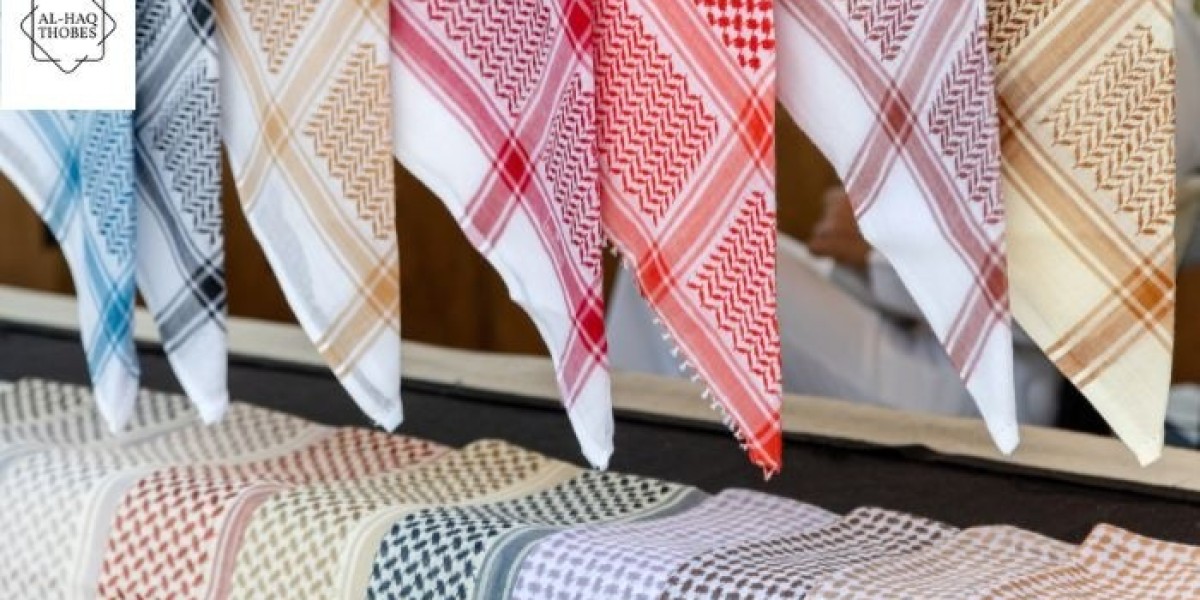The keffiyeh and shemagh are traditional Middle Eastern headscarves with deep cultural and practical significance. Originating centuries ago, these garments were primarily worn by farmers, travelers, and desert dwellers to protect themselves from harsh sunlight, wind, and sand.
The keffiyeh is most commonly associated with Palestine and neighboring regions, often recognized by its black-and-white or red-and-white patterns. The shemagh, while similar in purpose, is widely used in the Arabian Peninsula and military settings around the world. Both share a common heritage but carry unique cultural identities depending on region and design.
Differences Between a Keffiyeh and a Shemagh
While they look alike, there are subtle differences:
Keffiyeh: Often features intricate patterns, symbolic colors, and is considered a cultural emblem in many Middle Eastern societies.
Shemagh: Typically more utilitarian in design, often used in military and tactical contexts, and may come in solid colors or simpler patterns.
The keffiyeh is more commonly worn for cultural, traditional, or symbolic reasons, whereas the shemagh is widely used for functional purposes, such as in the armed forces, outdoor activities, or survival situations.
Cultural and Modern Uses
A Symbol of Heritage
For many, wearing a keffiyeh is a way to honor cultural roots and traditions. It’s often worn during national celebrations, social gatherings, and political movements to express solidarity and identity.
Practical Everyday Use
In desert climates, both the keffiyeh and shemagh offer essential protection from dust, heat, and cold nights. Their breathable fabric and versatile folding styles make them an indispensable tool for outdoor workers and travelers.
Fashion and Global Appeal
In recent decades, these scarves have found their way into global fashion. From streetwear to high-end runway shows, the keffiyeh and shemagh have been embraced for their stylish appearance and cultural depth. However, wearing them purely as fashion accessories can be controversial if their cultural meaning is overlooked or disrespected.
How to Wear a Keffiyeh or Shemagh
Traditional Head Wrap – Fold into a triangle, place over the head, and secure around the face to shield from elements.
Neck Scarf Style – Wrap loosely around the neck for warmth or style.
Face Covering – Useful for dust storms or windy environments.
Shawl or Shoulder Drape – Common in colder weather or as a modesty garment.
Care and Maintenance
Washing: Hand wash in cold water to preserve fabric and color.
Drying: Air dry to prevent shrinking or fabric damage.
Storage: Fold neatly and store away from direct sunlight to avoid fading.
Conclusion
The keffiyeh and shemagh are far more than pieces of fabric they are symbols of identity, practical garments, and cultural treasures. Their history stretches back generations, yet they remain relevant today, blending tradition with modern needs. Whether worn for cultural pride, protection, or style, these scarves carry stories of resilience, heritage, and adaptability. Visit our official website of al-haqthobes.com








